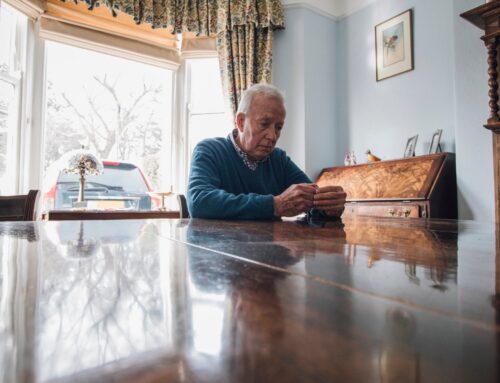The 2020 Census is happening now. And it’s important everyone participate.
In fact, decennial census is critically important to our democracy for a number of reasons:
* It determines the number of seats each state has in the U.S. House of Representatives;
* It is used to distribute billions in federal funds for essential programs to local communities, including programs that assist older adults;
* And it is the baseline for accurate data about our population.
Mandated by the Constitution, the census will continue through the end of December.
Knowing about the number of people age 65 and older is important for tribal, local, state and federal lawmakers, states Census.gov.
They will use 2020 Census statistics to help decide how to spend billions of dollars annually in federal funds on critical public services for the next 10 years.
Everyone uses roads, hospitals and emergency services but some state and federal programs target specifically older populations — such as money for senior citizen centers, job-training programs, and Medicare Part B health insurance.
“The census is really important to us in the aging community,” said John Haaga, of the National Institute on Aging in Washington, D.C. “It’s our only way to figure out how things are different across the country, what areas are aging faster, where elderly disabled people live, or where older people are concentrated, like Appalachia or West Virginia, because young people are leaving for the cities.”
Older people are remaining behind there.
Other states, such as Florida, have large older populations because people are moving there to retire, according to Haaga.
By using Census Bureau statistics and its geographic information system, analysts and community planners can get a refined picture of where older Americans live and how close they are to the services they need. That helps lawmakers or business people decide where to open health clinics or senior citizen centers, among other services.
“You can start to look at specifics like how many older people are living alone who are more than 10 miles from an adult day care center,” Haaga said. “You can answer questions of access and how to improve it.”
The time is now.
Help shape your future, and your community’s future, by responding to the 2020 Census.
Most households should have received their invitation to respond to the 2020 Census in mid-March. These official Census Bureau mailings included detailed information and a Census ID for completing the Census online.
In addition to an invitation to respond, some households will receive a paper questionnaire (sometimes known as the census form).
You do not need to wait for your paper questionnaire to respond to the Census.
The 2020 Census is for everyone. Complete your form online, by phone, or by mail when your invitation to respond arrives. Visit my2020census.gov to begin.





